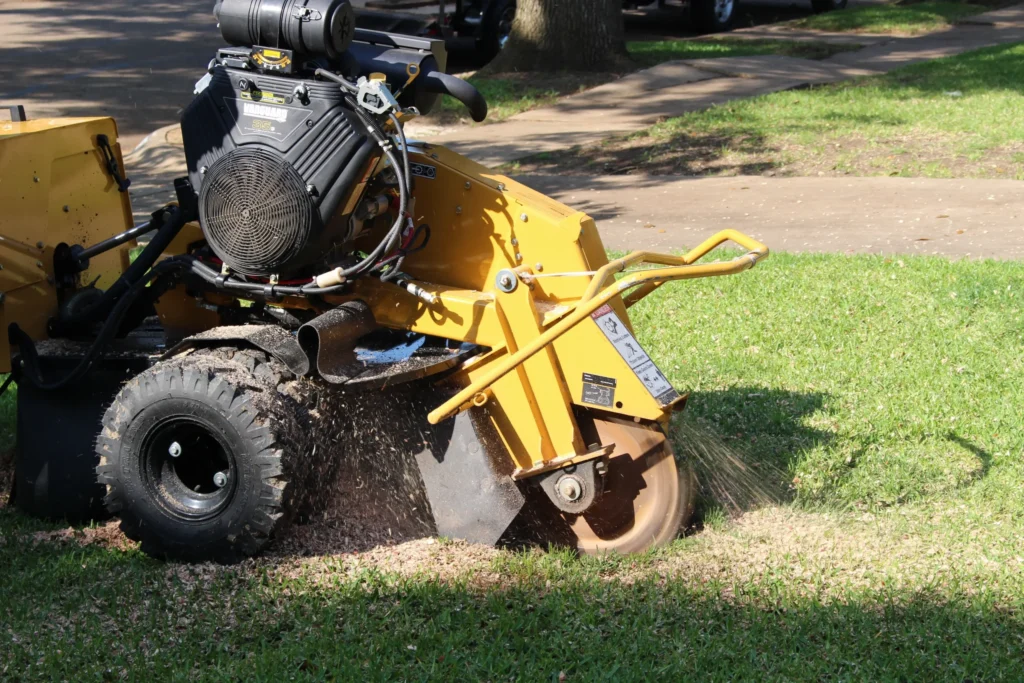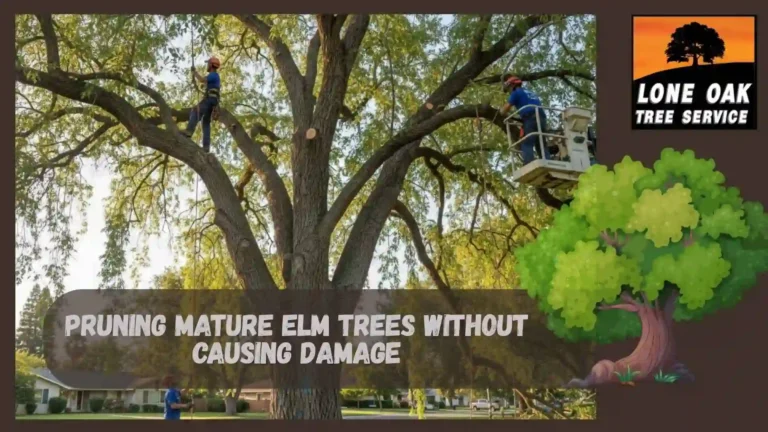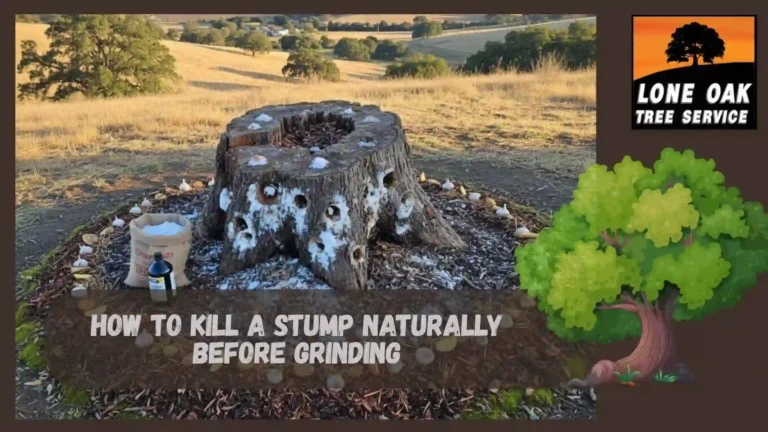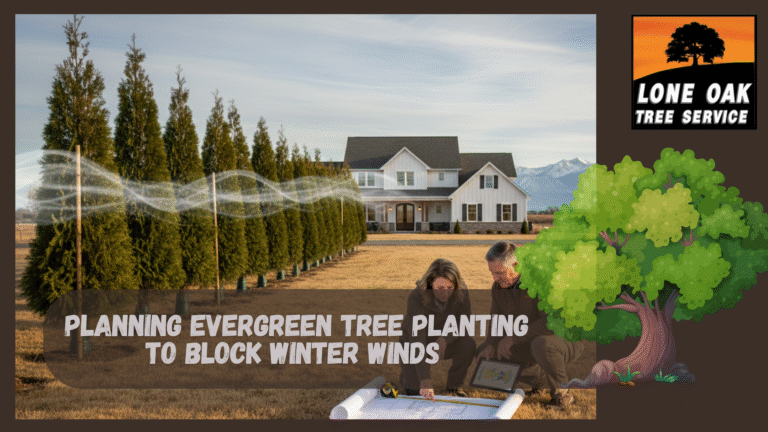Tree removal is often only half the battle. Once the tree is down, homeowners are left with a stubborn stump in the yard. When it comes to dealing with these unsightly remnants, two main options stand out: stump grinding and digging out the roots. While both have their place, there are many situations where stump grinding is the better and smarter choice.
In this blog, we’ll explore why stump grinding is often better than root removal and the key benefits that make it the go-to solution for both homeowners and professional landscapers.
Understanding the Difference
Before comparing, it’s important to understand what each method involves:
- Stump Grinding: This method uses a powerful machine with a rotating cutting wheel that chips away at the wood of the stump, grinding it down below ground level. It leaves the roots to decay naturally underground.
- Digging Out Roots: This is a manual or machine-assisted process that involves removing not just the stump but the entire root system. It’s far more invasive, labor-intensive, and often requires excavation equipment.
Why Stump Grinding Is Often the Better Choice

Let’s look at some of the reasons it’s better:
1. Less Invasive to Your Landscape
Stump grinding causes significantly less disruption to your yard compared to digging. Digging out a root system can tear up grass, damage surrounding landscaping, and create large holes that need to be filled and leveled afterward. Stump grinding, by contrast, grinds the stump down to mulch level and keeps your yard intact.
2. Faster and More Efficient
Stump grinding is much faster than digging. The entire process often takes less than a couple of hours, depending on stump size. Digging out roots, especially large or deep ones, can take days, and that’s if you have the right equipment and manpower.
3. Cost-Effective Option
Grinding a stump typically costs less than root excavation, especially if heavy machinery is required for digging. For homeowners on a budget, grinding is the practical and affordable route. It’s also less likely to involve costly repairs to your yard afterward.
4. Reduces Risk of Property Damage
Digging can disturb underground utilities, irrigation lines, and even nearby foundations. Stump grinding focuses only on the stump itself, minimizing risk to nearby structures and systems. It’s a safer method for yards with limited access or surrounding infrastructure.
5. Eco-Friendly Mulch as a Bonus
One major advantage of stump grinding is that the wood chips produced can be reused as mulch in your garden beds or around other trees. This repurposing of material is not only sustainable but also beneficial for moisture retention and weed control in your landscape.
6. No Major Holes to Fill
After root removal, you’re left with a large empty hole that must be filled with soil and possibly sod. With stump grinding, there’s no major hole to worry about. The ground stays relatively level, and any remaining area can easily be covered with topsoil and seed or sod.
7. Ideal for Multiple Stumps
If you have several tree stumps across your property, grinding is especially ideal. It can be done quickly across all stumps, without the need for large-scale excavation. Digging out roots from multiple trees would be far more complex and costly.
8. Better Aesthetics and Quicker Recovery
Grinding leaves your yard looking better almost instantly. Since there’s no big hole or torn-up earth, you can move forward with replanting or landscaping faster. Your lawn will recover quicker and retain its curb appeal.
9. Roots Eventually Decay Naturally
A common concern is whether the roots left behind after grinding could cause issues. In most cases, the roots decay naturally over time without harming the soil or surrounding structures. If you’re not planning to build a foundation or pour concrete over the site, the remaining roots pose no problem.
When Is Digging Out Roots Necessary?
While stump grinding is ideal in most situations, there are specific scenarios where root removal is preferred:
- Building Foundations or Patios: If you’re planning construction on the site, root systems must be removed to avoid future shifting or cracking.
- Certain Tree Species: Some invasive species may regrow from roots if not completely removed.
- Severe Disease or Pest Infestation: Diseased roots might need full removal to prevent the spread to healthy trees or soil.
Final Thoughts
In most residential and landscaping scenarios, stump grinding offers the perfect blend of efficiency, affordability, and aesthetic preservation. It’s quick, minimally invasive, and leaves your yard looking great. Unless you’re facing specific circumstances that require full root removal, stump grinding is the smarter, faster, and easier way to reclaim your outdoor space. Contact us today!



